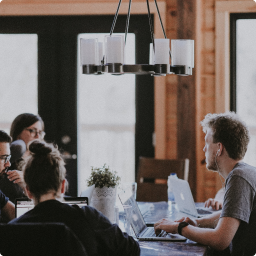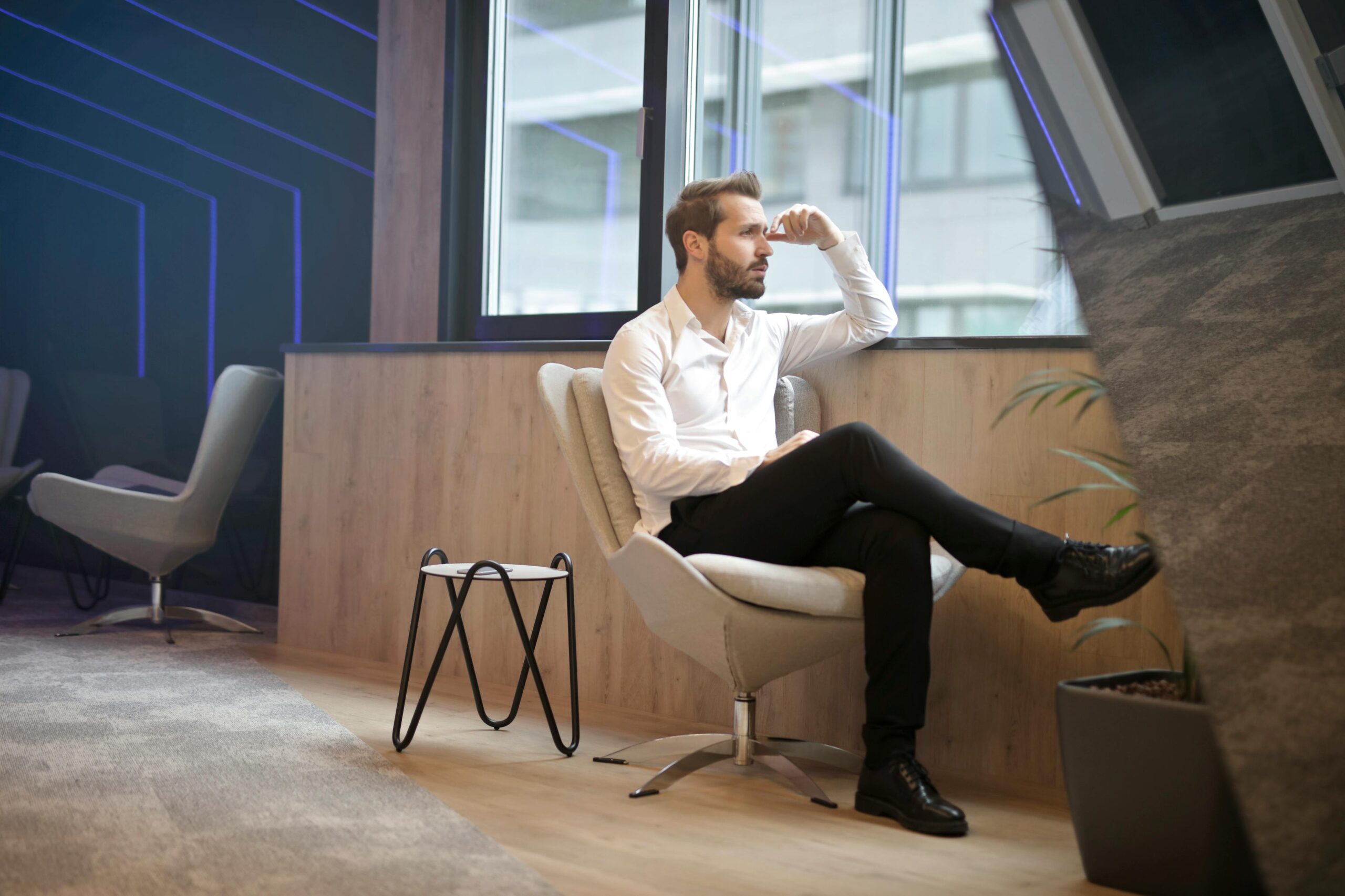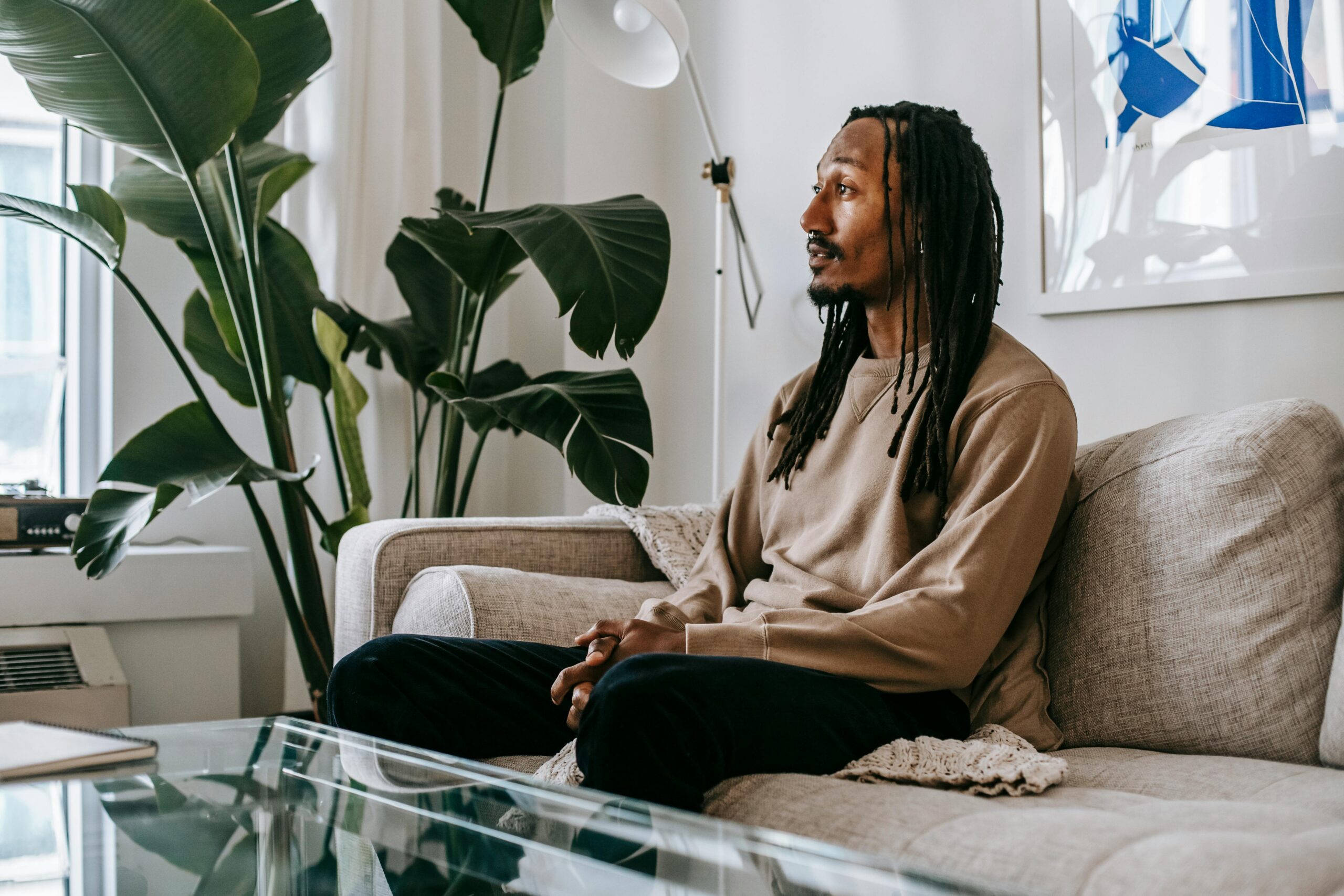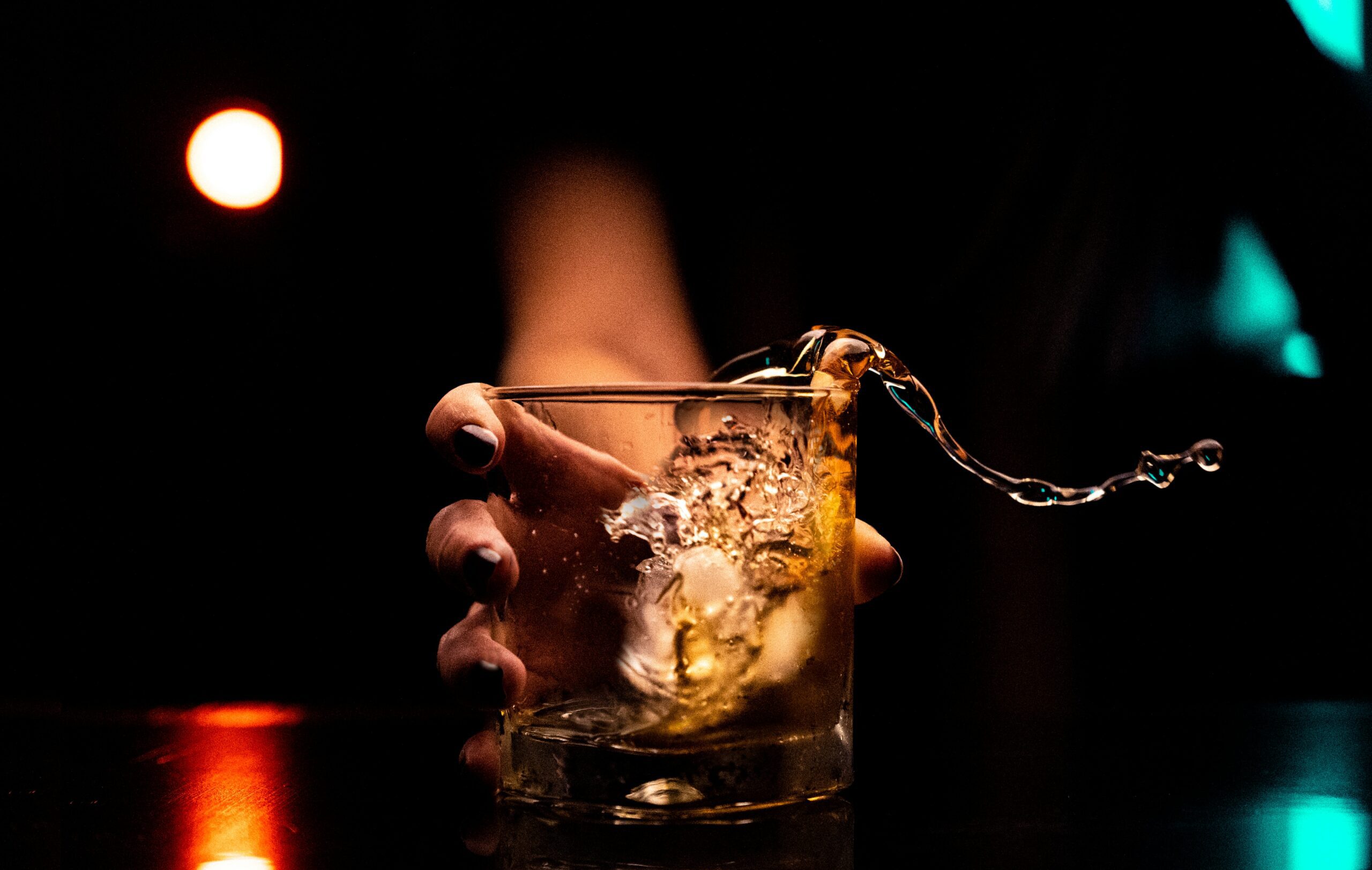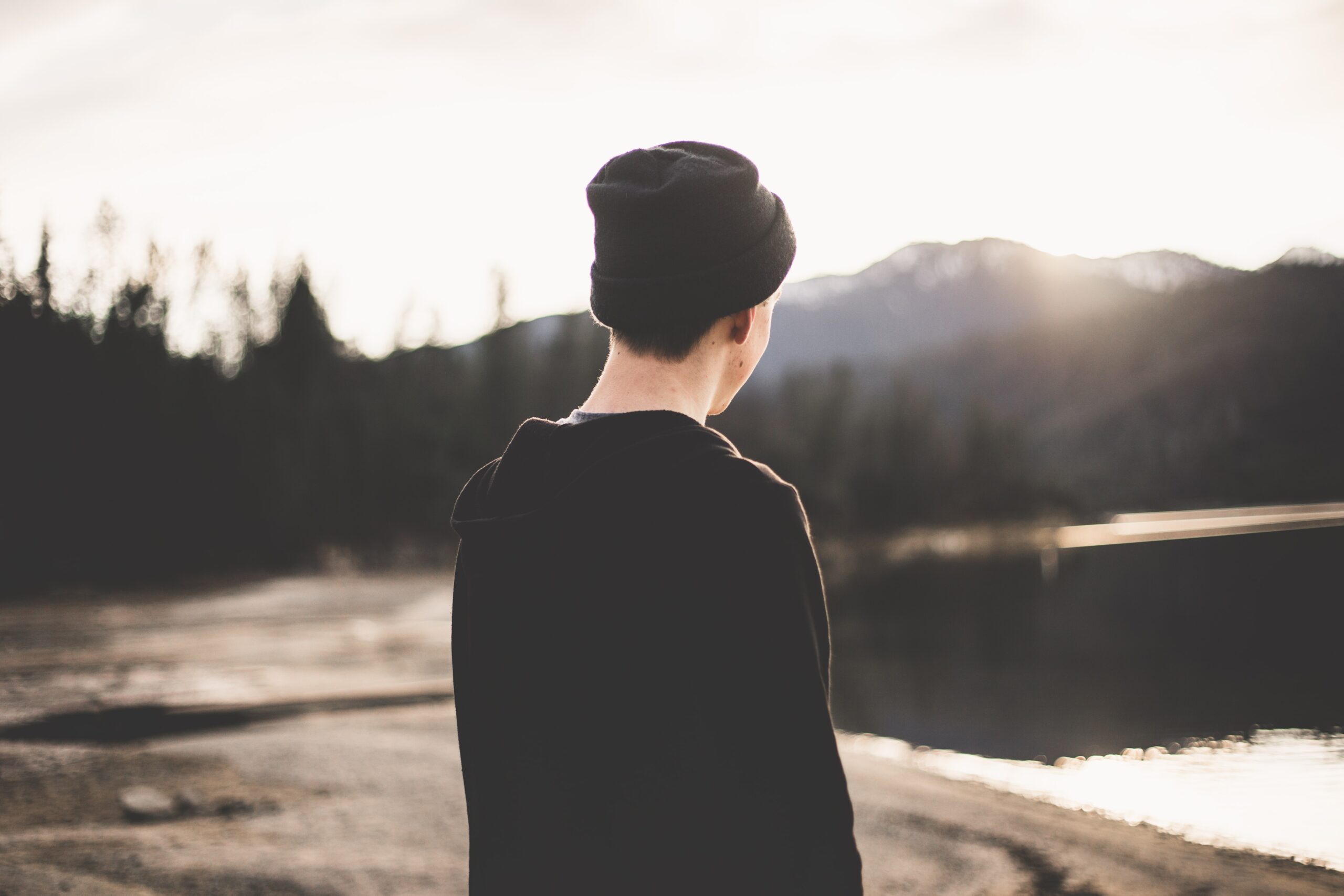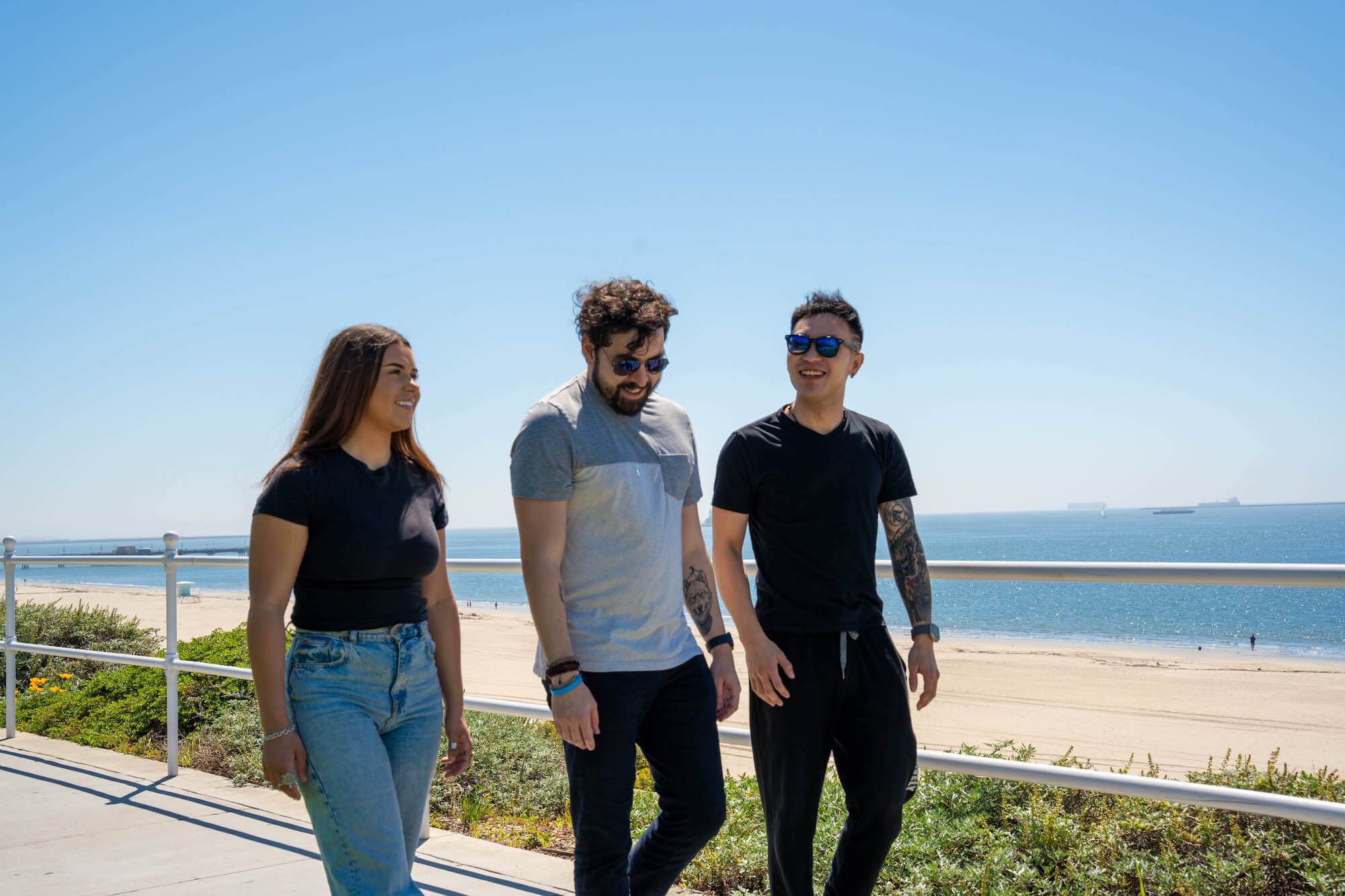
“Beer goggles” is an informal term that expresses the concept of finding people more physically attractive after drinking alcohol.
Alcohol is a psychotropic depressant of the CNS (central nervous system), triggering depressant effects in larger amounts. Smaller amounts of alcohol can deliver stimulant effects, though. These include:
- Talkativeness
- Reduced inhibitions
- Increased sociability
- Warm, euphoric sensation
Beer goggles is a phrase that has penetrated the modern lexicon and culture, but is there any hard science underpinning this concept, or is it all in the mind?
Alcohol and the Brain
There are three different theories that could explain the concept of beer goggles:
- Alcohol myopia: Alcohol blocking part of the brain responsible for decision-making.
- Alcohol expectancy: Expecting certain outcomes from alcohol.
- Nucleus accumbens: Alcohol acting on the part of the brain responsible for handling desire and determining attractiveness.
The first benchmark study exploring the concept of beer goggles was conducted by researchers in the U.K. in 2003. The study, published in Addiction journal, involved 80 college students who identified as heterosexual. The students were taken to a restaurant or bar and asked to rate pictures of men and women for attractiveness.
Researchers discovered that both male and female participants who had consumed alcohol awarded more generous ratings. Both men and women found the images more attractive than those who abstained from alcohol. That said, the same generosity with ratings did not apply when participants were asked to judge images of people of the same gender.
While this was the first study demonstrating the existence of beer goggles, it also suggests that distortions in judgment are most evident when people are assessing potential partners.
What Is the Science Behind the Term Beer Goggles?
In a 2008 study, researchers discovered that the concept of beer goggles is not limited to humans. Male fruit flies exposed to alcohol became less picky when choosing mates than those not exposed to alcohol. The flies in the study exposed to alcohol not only tried to mate with more female flies but made regular attempts to mate with male flies.
Another 2012 study illustrates the role that nicotine can play in magnifying the effects of beer goggles. The British study involved 96 social drinkers who also smoked. Participants consuming alcohol in the study rated faces more attractive than usual. This effect was further intensified when participants were drinking and smoking simultaneously.
A 2013 study conducted by French researchers showed that as people consumed more alcohol, so they found themselves more attractive. To reflect these findings, the study was titled, “Beauty is in the eye of the beer holder”.
Participants were given a drink, either alcoholic or nonalcoholic drink and then asked to give a speech outlining how bright, funny, and attractive they believed themselves to be. Researchers found that:
People who consumed alcohol delivered more positive self-evaluations.
People who incorrectly believed they had consumed alcohol also gave more positive self-evaluations.
This study published in Alcohol and Alcoholism indicates that beer goggles can influence the perceived attractiveness of landscapes and vistas as well as human faces.
Another study published in the same journal in 2015 shows that people who had consumed minimal amounts of alcohol looked more attractive to other sober individuals.
Beer Goggles: Hard Science or Urban Legend?
Alcohol can trigger many different side effects. Two of the most prominent effects are:
Increased sociability.
Lowered inhibitions.
For many people, these effects of alcohol prompt them to become more flirtatious, possibly going home with someone they would not consider attractive when sober.
There is also a psychological component at play. Sharing alcoholic drinks with a lover is commonplace and bars remain one of the most popular places for people to seek new partners.
Whether or not beer goggles are a real phenomenon, an urban legend, or a combination of the two, you become less discerning when drunk and more likely to make impulsive romantic decisions.
If you have reached the stage where you are experiencing many side effects from alcohol, addiction could be developing in the form of alcohol use disorder. If you are frequently being sicked the day after drinking, blacking out, making poor decisions, and finding it difficult to moderate your alcohol consumption, take action and engage with evidence-based treatment to reclaim your life from alcoholism.
Get Help for Alcohol Addiction at Gratitude Lodge
If your consumption of alcohol is starting to affect your judgment, consider engaging with evidence-based treatment at Gratitude Lodge in Southern California. We have affordable luxury centers in San Diego, Long Beach, and Newport Beach offering an inclusive and pet-friendly environment free of temptation and distractions.
For those with severe alcohol use disorder, our 30-day inpatient program provides the most structured and supportive route to recovery. If you require a more flexible and affordable pathway to sustained sobriety, consider our IOP (intensive outpatient program). You’ll have access to the same services and facilities, returning home between therapy sessions rather than remaining at Gratitude Lodge.
Take advantage of these research-backed interventions to kickstart your recovery from alcoholism:
- Medically supervised detoxification
- MAT (medication-assisted treatment)
- Individual counseling
- Group therapy
- Family therapy
- Psychotherapy (CBT or DBT)
- Daily meetings
- 12-step immersion program
- Holistic therapies
When you are ready to move from active alcoholism into ongoing recovery, reach out to Gratitude Lodge by calling 800-994-2184. With addiction treatment facilities in Orange County and Los Angeles County, we have the support you need to begin your recovery journey.



